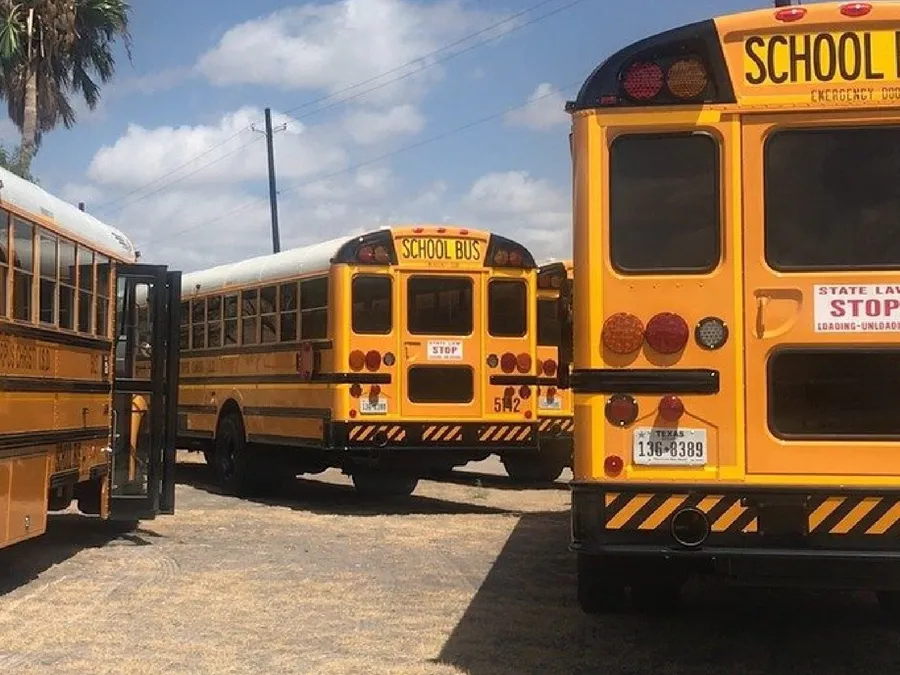With hundreds of districts across the country opting for a four day school week, changes and challenges arise for parents, teachers, and students alike.
Reasons for operating on a truncated schedule vary, including but not limited to costs, teacher shortages, and student wellness. Regardless, the prospect of having only four days of instruction has been cause for both concern and excitement. At this time, around 900 school districts – which accounts for 7% of districts in the U.S. – have adopted this new schedule.
Regarding the day off itself, the way that students choose to utilize their additional day out of the classroom would be entirely up to them.
“I would use an extra day off to get caught up on school work and prepare for the rest of the week,” sophomore Brooke Bieberich stated.
In addition to her responsibilities that come from standard classwork, Bieberich has one other aspect to manage as well: athletics. She plays both field hockey and lacrosse, occupying her time after school every day of the academic year. Losing one day of school would also mean losing one day of practice, but this does not concern her.
“It would be so helpful,” Bieberich said. “We could practice and do conditioning on our own time without having to go to school to do it”.
The response from the districts that have transitioned have been positive. There seems to be no impact on test scores, and according to npr.org, higher quality teacher recruits are coming in due to the appeal of working a shorter week. Based on districts that have already transitioned, the shorter schedule appears to be most common for rural schools that face financial challenges.
As for instruction time, the four remaining days have to be elongated in order to meet regulations- but not all educators are confident that this will be sufficient.
“[The districts] have a box they have to check,” Social Studies teacher Steven Watson remarked. “I don’t know that it’s the same.”
Watson is not positive that a four day schedule is the way to go, but he would be open to it. He asserts that there are certainly positives and that it could be beneficial, but would take much more in-depth planning and thought than simply removing a day each week.
For parents of younger children, there may be difficulty finding ways to provide childcare on an extra day off. When the children are at home but parents are still at work, many families find themselves in a tough spot. Apnews.com mentions that some districts that have implemented the shorter schedule are offering a form of daycare for $30 per day, per child. This solution comes with its own challenges though, seeing as many parents have multiple children who need supervision during a day off. Costs add up, and not all will be able to comfortably cover such expenses.
While the number of districts using a shortened school week appears to continue growing, one thing remains certain: an extra day out of the classroom will impact communities in more ways than one.


















